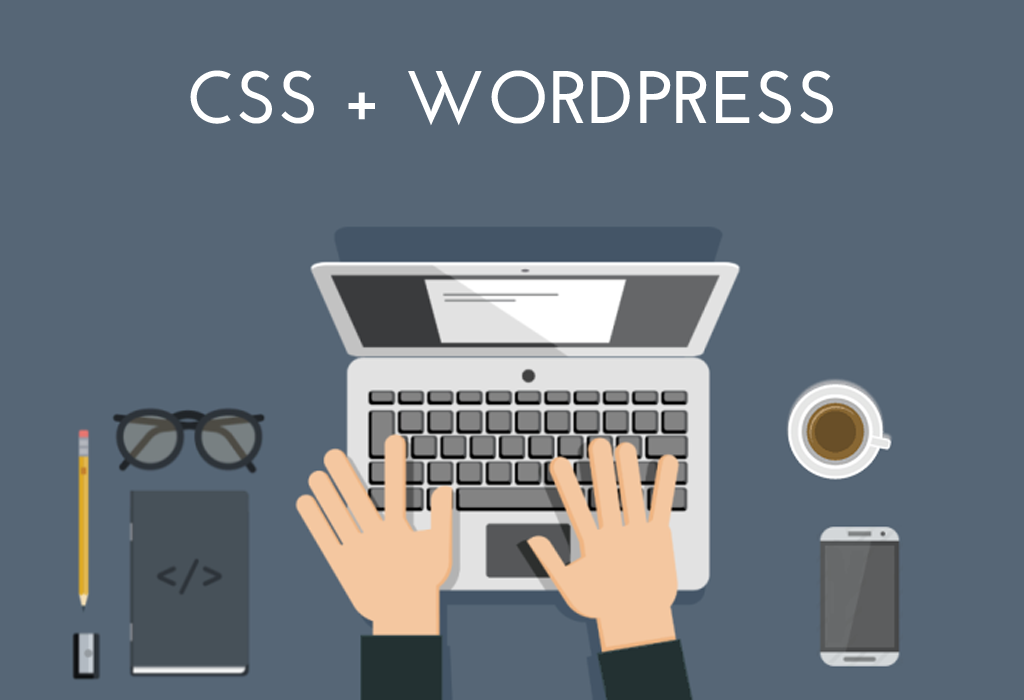Tracey Jones is a professional WordPress theme developer for HireWPGeeks Ltd. a leading firm, having long years of experience in providing WordPress development services globally. She is also a serial blogger with a strong passion for sharing her innovative thoughts on the web.
